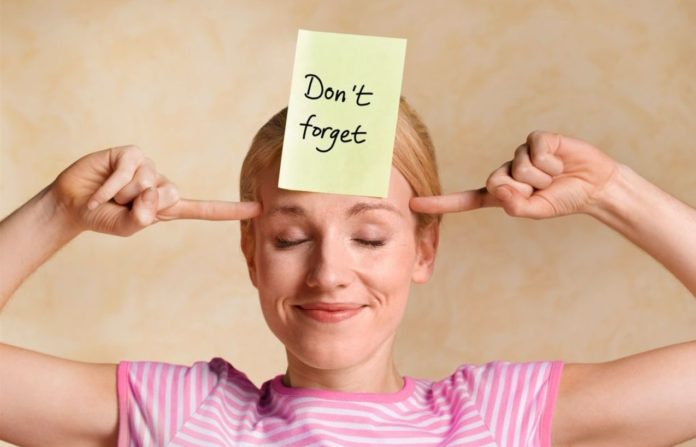New research has found that size matters in the creation of visual memories.
Around three years ago, a team led by Dr. Sharon Gilaie-Dotan and including two of her doctoral students, Shaimaa Masarwa and Olga Kreichman, decided to conduct a pioneer study to definitively answer the question of whether size mattered to memory formation as it is often considered in memory study that size would have little effect on the memories one makes about items because we normally understand what appears in a picture, regardless of its size
However, the findings of a new study published in Proceedings of the National Academy of Sciences proved that individuals remember larger items better than tiny ones.
182 people took part in seven separate tests in which they were shown various images without knowing that they would be tested on their memory later. Their recall of the items was later tested.
These trials, according to Gilaie-Dotan, were designed to look into and control for a variety of plausible explanations for the results. The researchers discovered that larger visuals were recalled better.
“Again and again, we found that size was a dominant factor,” she said.
“We assumed that it happens because in the initial stages of processing a visual image, a bigger image occupies a bigger area on the retina, and this is also reflected in the regions of the brain that process the information that is available on the retina,” the author said.
To put it another way, a larger image activates more neurons in the brain, which can trigger a cascade of changes in the way we absorb visual information and develop memories.
Professor Daniel Levy, a human memory expert at Reichman University in Herzliya, told The Media Line that another reason the human brain remembers larger objects better could be that we just pay more attention to larger ones. Despite this, he said that this element was taken into account during the research, and the assumption was tested and eliminated.
In some trials, the respondents were shown blurry large images alongside sharp tiny ones, and “the bigger items were still remembered better even though they were fuzzy,” ruling out a possible alternate cause.
These findings, Gilaie-Dotan explained, may have influences on different fields. “It may have implications on both education and developmental aspects. Even in older adults, where vision starts to deteriorate. So, it may be important to consider the possibility that the size of visual information may assist the processing or the quality of processing of that same information.”
Levy pointed out that for most people, vision tends to deteriorate with time, and based on this study’s result, he explained, “it could be that if older people were given an opportunity to see things at a larger resolution, that wouldn’t only make it easier for them to see, but maybe it would even help them remember better.”
Regardless, Gilaie-Dotan clarified that for now, this is just speculation, and future studies must test it to understand whether age influences the results. “The study was carried out on subjects between the ages of 18 and 40, which is the range of ages of fully developed vision before it starts deteriorating. We only tested normative adults with healthy vision,” she said.
Based on the results, Gilaie-Dotan said a whole new series of questions was opened and that more studies on the subject were being or would be conducted soon. “We already have some follow-up studies taking place in different stages,” she said. “There is an endless number of studies that I want to carry out as a result of this particular study.”
The study is just the first of many in the field that could, after a series of follow-up investigations, become a game-changer in the field, helping to improve memory-building for older adults and potentially having many other applications that have yet to be discovered.
Image Credit: Getty
